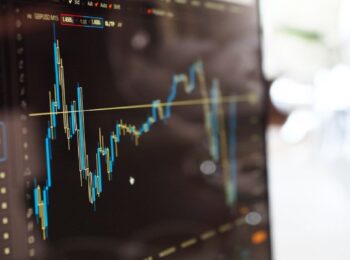In this episode of Upgrade, Motherboard goes to Baja California, Mexico to get a firsthand look at these free floating pods, and to get an understanding for why we need better ways to cultivate our future food sources.
Whether it’s found on a plate of sushi, grilled in our backyard, or thrown on pasta, seafood is a staple for many diets around the world, and demand is growing. And as the commercial seafood industry booms, fish stocks worldwide face perilous declines.
We’ve surpassed our capacity to sustainably fish wild caught fish, shrimp, and mollusks from the ocean, and so we’ve turned to aquaculture, or fish farming, as a strategy to meet demand for our growing appetites for water-borne critters. The aquaculture industry is growing fast. According to the FAO, per capita production of seafood from aquaculture has increased 6.9 percent annually since 1970.
Unfortunately for us and for our Earth, current methods of fish farming often involve crowded, tethered pens, which can have poor water circulation and contribute to the spread of disease, and put large amounts of environmental stress on the surrounding waterways.
This is where Steve Page of Ocean Farm Technologies comes in. Taking inspiration from naturally-occurring schools of fish and Buckminster Fuller’s geodesic domes, Page co-designed the Aquapod, a free floating, untethered deep ocean fish habitat which reduces overcrowding, and creates less stress on surrounding environments due to its unique ability to change location with the ocean’s current.























